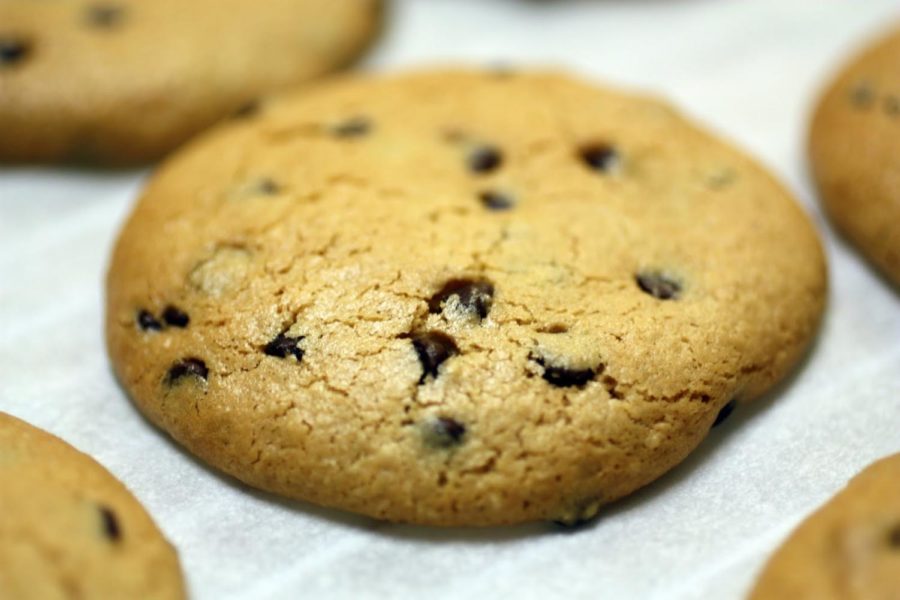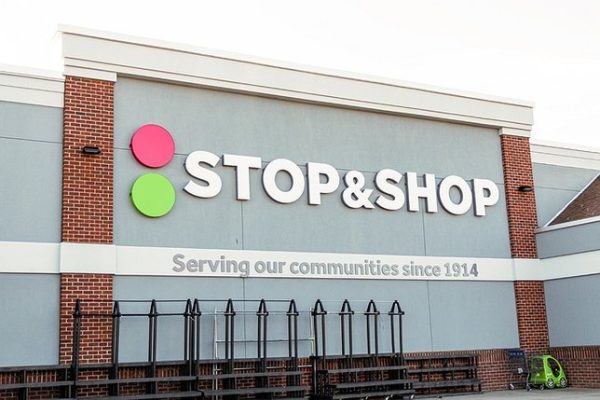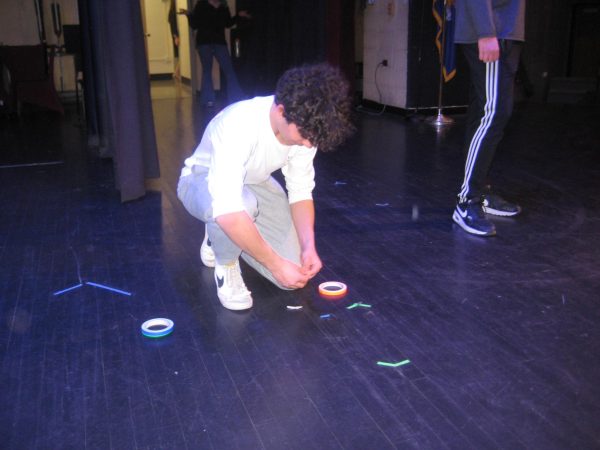What’s With The Cookies? A Look Into Northport’s Continuously Changing Cookie Recipe
The new mystery in school is why the cookie recipe keeps changing. Since school has started, the shape and flavor of the cookies from the cafeteria have changed three times.
November 30, 2022
The new mystery in school is why the cookie recipe keeps changing. Since school has started, the shape and flavor of the cookies from the cafeteria have changed three times. So what is the reason behind this? Luckily we have some insight from a student whose parent works in the cafeteria for our district.
The cafeteria workers actually do not have a matter of choice in which cookies are shipped to them. The multiple companies they buy from just send whatever pre-made packages they have. The difference in companies’ recipes obviously has a change in flavor but the new proposed question is the change in shape.
Since one of the changes had made the cookies more condensed, I decided to research why they had become this way. According to the Columbia Daily Tribune, baking soda is the key ingredient in producing bubbles of carbon dioxide which makes the cookie more airy and not dense. Sweetest Menu claims that if you add too much flour the cookies will not flatten out, which the newer cookies have exhibited.
According to my research, the more recent cookies show there is more baking soda and flour in this newly found recipe. Since there was a higher demand for the first batch of cookies, the school is less likely to get the same ones unless the supply is higher than the other companies. If us students are the consumers, shouldn’t we be the ones to vote on a single recipe?
A group of 11th graders have some opposing opinions in response to this. One student says, “Yes, because we are the ones consuming them” while another disagrees, “No I don’t think so because you choose to buy them – if you go to a restaurant and get some food, you don’t get to choose the recipe, so why would the cafeteria be different?”.
While this one student out of the group disagrees, there is still an overwhelming majority agreeing that we should, with some arguing that “they are being made for the students and it’s unfair to those who have allergies too if they don’t have a say” and “if kids like one certain recipe but they use the other that doesn’t profit anyone”.
Could a simple vote raise the school’s proceeds on this one product? It’s a simple task that may help the school benefit both financially and by gaining students’ appraisal and voice at school.












